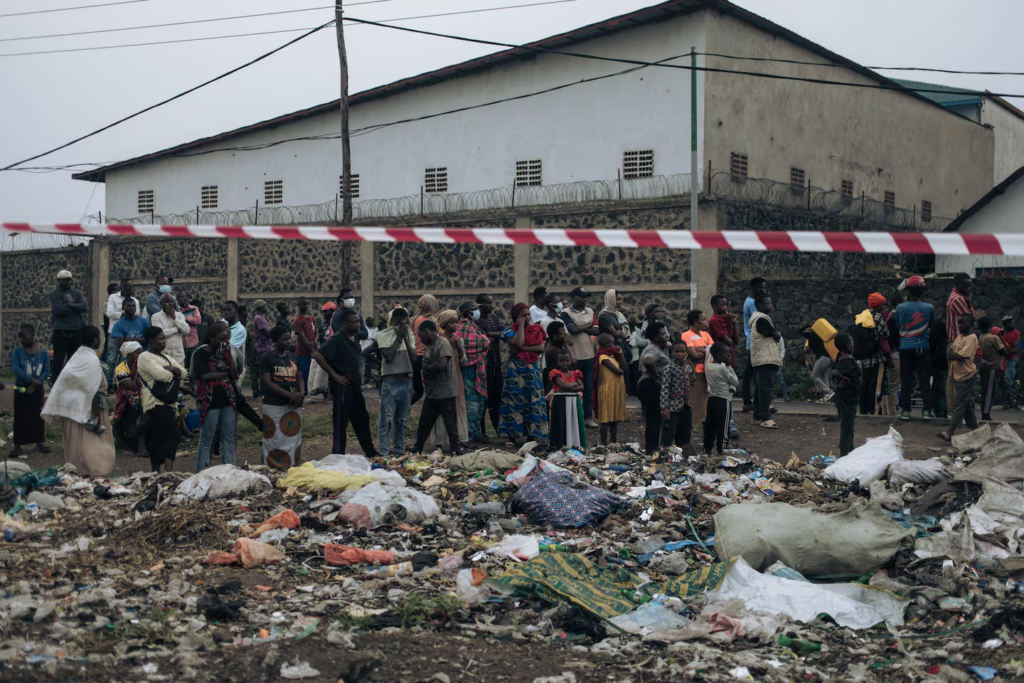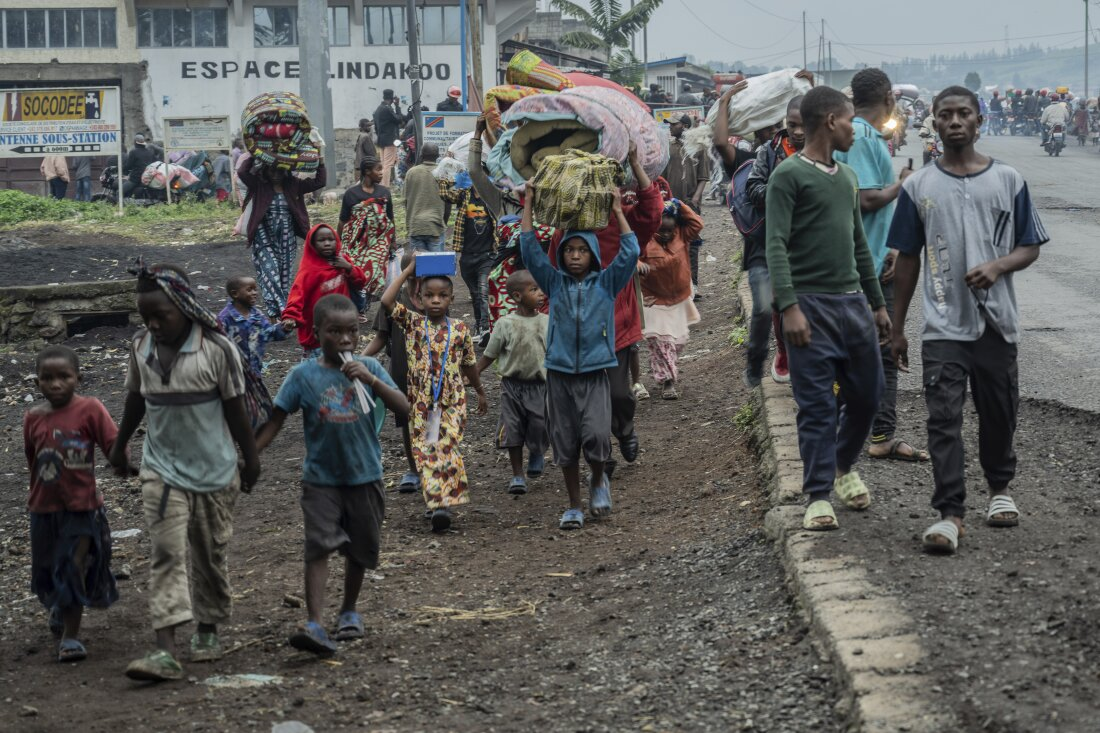On the morning of February 5, 2025, the town of Nyabibwe in eastern Democratic Republic of Congo (DRC) fell into the hands of the Rwanda-backed M23 rebels, a stark contradiction to the ceasefire they had unilaterally declared just days prior. This move has only deepened the crisis in a region already marred by conflict and humanitarian disaster.
The M23, or March 23 Movement, announced their ceasefire on humanitarian grounds, responding to urgent calls for the establishment of safe corridors for aid and the protection of the hundreds of thousands displaced by the ongoing conflict. However, the reality on the ground tells a different story.
The False Promise of Peace: M23’s Continued Advance
According to civil society officials and local residents, the seizure of Nyabibwe was not just an act of defiance but a clear indication that the ceasefire was nothing more than a strategic pause.
Residents like Moïse Bisimwa, who witnessed the takeover, described the morning events with a sense of betrayal and fear. “They have taken over Nyabibwe since this morning from 9 a.m.,” he reported.
The sentiment among locals is one of deep concern, with many questioning the intentions behind M23’s actions. Néné Bintou, president of the civil society of South Kivu province, confirmed the control of Nyabibwe by M23, highlighting the ongoing military engagements despite the announced peace.
Read : Dead bodies litter the streets of Goma city after heavy explosions and gunfire by M23 in DR Congo
This scenario has led to accusations from the Congolese government, labelling the ceasefire as “false communication.” The United Nations has also been vocal, noting reports of continued heavy fighting between Rebels and Congolese forces in the mineral-rich region, which is central to the conflict’s economic dimensions.
The Human Cost and Humanitarian Crisis
The battle for control over Nyabibwe and other towns in Eastern DRC has not only been a military struggle but has also precipitated a severe humanitarian crisis.
Goma, previously captured by M23, has seen the collection of nearly 2,000 bodies by the Red Cross, with an additional 787 still in healthcare facilities, as reported by Jean Jonas Yaovi Tossa from the Goma office of OCHA, the U.N. humanitarian agency. The figures are grim reminders of the human cost of this conflict.
Why doesn't the media talk about the DR of Congo?
— Mohamad Safa (@mhdksafa) February 4, 2025
Congo is bleeding, It has not ended over 5 million people are dead. The world must remember that we live in a society, not an economy. pic.twitter.com/NHUItkHJI1
The situation in Goma and now in Nyabibwe has led to a desperate need for humanitarian aid. The occupation of these strategic locations by M23 has disrupted supply lines, making it challenging to deliver food, medical supplies, and other essentials to those in need.
The urgency to establish humanitarian corridors has never been more critical, yet the ongoing fighting severely limits access, as noted by U.N. officials on the ground.
The displacement of people continues unabated with each new military advance. Families are forced to flee repeatedly, often with nowhere safe to turn, highlighting the cyclical nature of this conflict where peace is promised but seldom delivered.
The mineral wealth of Eastern Congo, which includes resources vital for global technology, paradoxically fuels the war while the local population suffers from lack and loss.
Geopolitical Implications and Regional Responses
The involvement of Rwanda in backing M23 adds layers of complexity to an already intricate regional conflict. With approximately 4,000 Rwandan troops supporting M23, as per U.N. estimates, the situation hints at deeper geopolitical strategies.
Rwanda’s President Paul Kagame has maintained a stance of ambiguity regarding his forces’ presence in Congo, focusing instead on the narrative of protecting ethnic Tutsis from historical enemies like the Hutu militias linked to the 1994 genocide.
However, this narrative is contested by many who see Rwanda’s involvement as an attempt to control Congolese land rich in minerals, thereby securing economic benefits for Kigali.
This perspective is bolstered by the history of Rwandan military interventions in Congo, which have been linked to resource extraction under the guise of security operations.

The regional dynamics are further complicated by Uganda’s military presence in Congo’s northeast, aimed at combating the Allied Democratic Forces (ADF). Despite no new deployments reported by Col. Deo Akiiki, Uganda’s engagement in Congo underscores the broader regional security concerns and the interconnected web of alliances and enmities.
The international community’s response has been mixed, with calls for peace negotiations, sanctions, and increased humanitarian aid, but the effectiveness of these measures remains in question.
The M23’s refusal to relinquish control over captured territory, despite international pressure, illustrates the challenges in enforcing peace in an area where so many interests converge.
The capture of Nyabibwe by M23 amidst a declared ceasefire is not just another military move but a significant event in the ongoing saga of eastern Congo’s conflict. It underscores the fragility of peace agreements, the dire humanitarian needs, and the complex geopolitical chess game being played out in one of Africa’s most troubled regions.
The path to peace, it seems, remains long and fraught with obstacles, as the cries for genuine cessation of hostilities echo against the backdrop of continued warfare.

